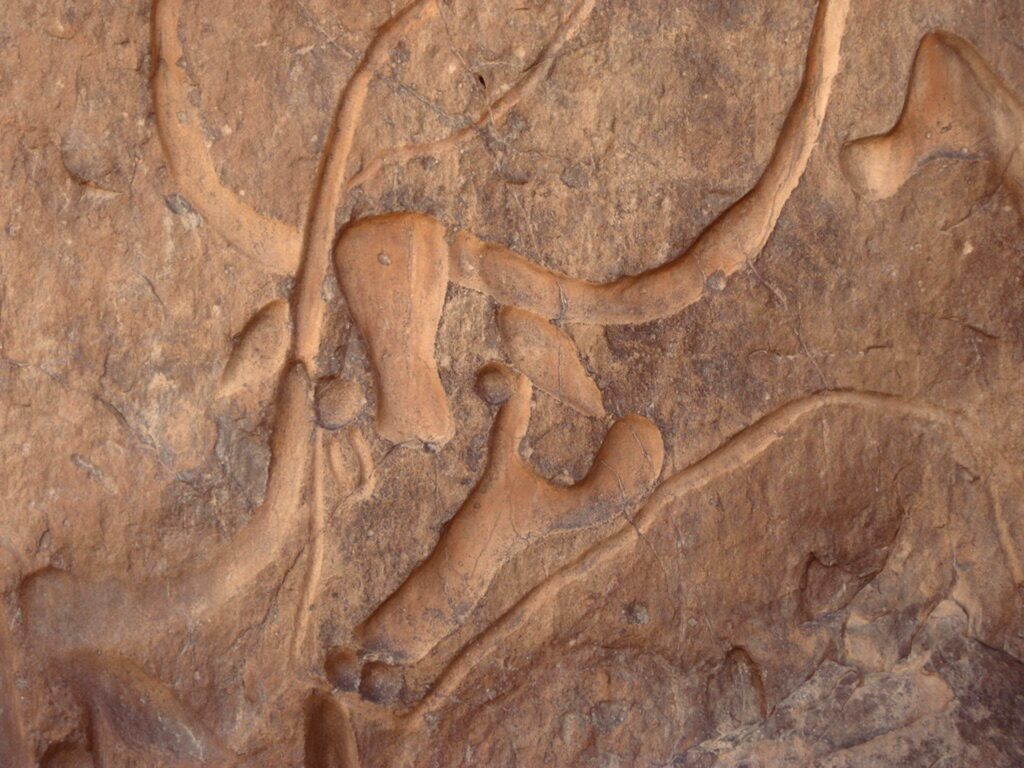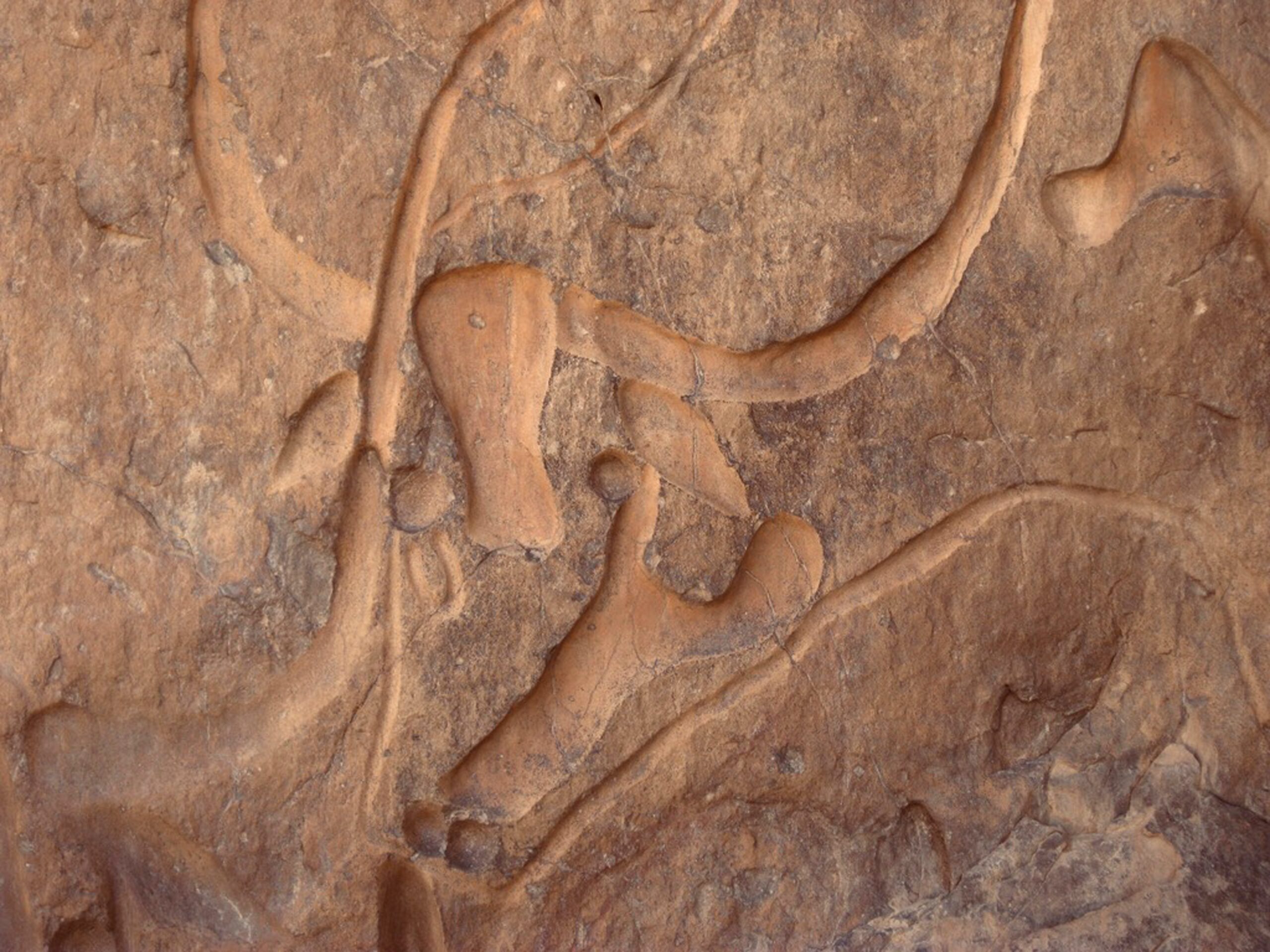Archaeologist Tomasz Olszacki has made a remarkable discovery while excavating the remains of a 16th-century castle in Poland. Upon unearthing the ruins, Olszacki uncovered a 500-year-old board game called Nine Men’s Morris. The game, similar to Chess or Checkers, was likely carved into the castle by either the original builders or by later inhabitants. While the board was found intact, the pieces, believed to be made of perishable materials such as wood or leather, did not survive the passage of time. Nine Men’s Morris was a popular game throughout medieval Europe, and this finding adds to the growing collection of historical games that have been discovered.
Archaeologist Uncovers 500-Year-Old Board Games
Archaeologist Tomasz Olszacki has made an incredible discovery while excavating the ruins of an early 16th-century castle in Poland: a 500-year-old board game known as Nine Men’s Morris. This unexpected find sheds light on the pastime activities of the castle’s occupants and provides valuable insight into the cultural and recreational practices of the time.

Archaeologist’s Discovery in Poland
During his excavation at the castle, Archaeologist Tomasz Olszacki stumbled upon a remarkable artifact—a 500-year-old board game called Nine Men’s Morris. The game was likely carved into the castle walls either by the workers who constructed the fortress or by children or servants at a later date. This discovery offers a fascinating glimpse into the lives and leisure activities of the castle’s inhabitants.
History and Significance of Nine Men’s Morris
Nine Men’s Morris is an abstract strategy game that shares similarities with Chess and Checkers. Its origins can be traced back to the Roman Empire, making it a game with a rich history spanning centuries. The game involves two players who strategically move their pieces on a grid-like board, aiming to form rows of three and ultimately trap their opponent’s pieces. Its enduring popularity suggests that it was not only a source of entertainment but also a game of skill and strategy.

Size and Condition of the Uncovered Game Board
The game board that was uncovered during the excavation measures a mere 13.5cm, highlighting the intricate craftsmanship required to create such a small and detailed piece. Despite its age, the board remains remarkably well-preserved, allowing archaeologists to study its engravings and gain further insight into the game’s rules and design.
Explanation for the Lack of Pieces
One notable aspect of this discovery is the absence of game pieces. Olszacki suggests that the pieces would have been made from perishable materials such as wood or leather, rendering them unable to withstand the test of time. While the absence of the game pieces is unfortunate, the discovery of the game board itself provides valuable information about the game’s existence and popularity during the medieval period.

Popularity of Nine Men’s Morris in Medieval Europe
Nine Men’s Morris enjoyed widespread popularity throughout medieval Europe. Its simplicity and strategic depth made it accessible to people of all social classes. The game was not only played as a pastime activity but also served as a means of sharpening one’s strategic thinking and decision-making skills. The discovery of the game board in Poland adds to the growing body of evidence that highlights the significance of Nine Men’s Morris in medieval European culture.
Other Notable Finds at the Castle
The castle in Poland has yielded several other significant artifacts during the excavation. These include stove tiles, richly decorated architectural elements, as well as coins and parts of clothing. These findings contribute to our understanding of the castle’s history and the lives of its inhabitants.
Comparison to Other Engraved Game Boards
The discovery of the engraved game board at the castle in Poland adds to a growing collection of similar artifacts found throughout Europe. One notable example is an engraved game board discovered in the church in Opole in Silesia, dating back to the 13th century. These findings underscore the widespread popularity of board games during the medieval period and provide invaluable insights into the recreational activities of the time.
Related Coverage of Modern Board Games
While the focus of this discovery is on a historical board game, it’s worth noting that board games have continued to evolve and captivate audiences to this day. The link provided offers coverage of some more modern board games, allowing readers to explore the rich and diverse world of tabletop gaming.
Tags and Related Content
For more articles related to archaeology, board games, and historical discoveries, feel free to explore the tags and related content sections of our website. These features provide access to a wealth of information on various topics of interest.
Contact Information and Copyright Notice
For inquiries, submissions, or any other information, please refer to the provided contact information. Additionally, please note that all content on this website is protected by copyright laws. Any unauthorized use or reproduction of the article or its contents is strictly prohibited.
In conclusion, the discovery of the 500-year-old board game at the castle in Poland is a significant archaeological find. It sheds light on the recreational activities of the past and offers insights into the cultural practices of medieval Europe. The well-preserved game board provides valuable information about the popular game of Nine Men’s Morris and highlights its enduring appeal throughout the centuries.








